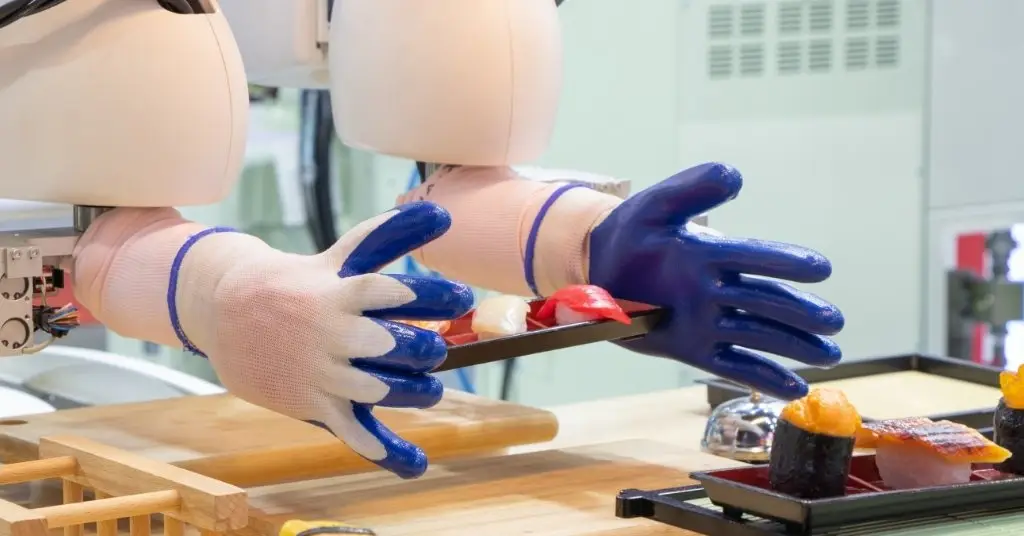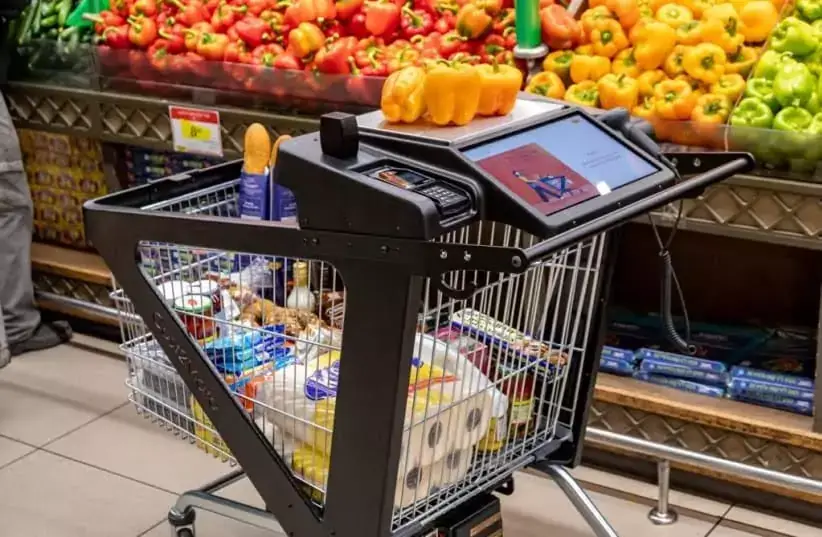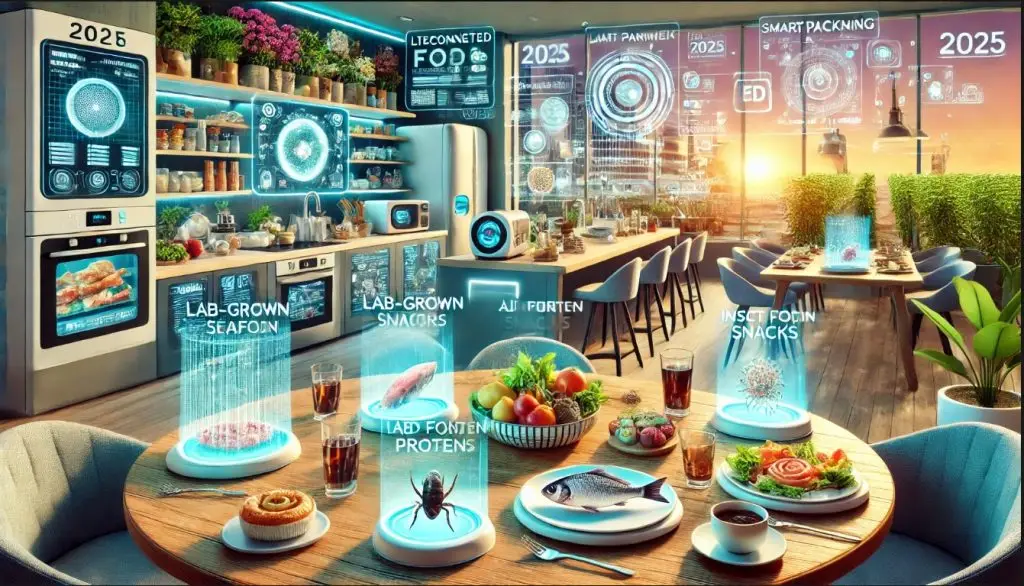Serve Robotics’ newly revealed partnership with DoorDash for autonomous food delivery, underscoring how robotics and AI are rapidly becoming central to the economics and operations of U.S. restaurants.
This article dives into that trend, examines its implications, and suggests how restaurant owners across the U.S. can adapt and benefit.
1. Why Autonomous Delivery Is the Hottest Trend Right Now
Cost pressures force innovation. Rising labor, fuel, and supply costs have squeezed margins for U.S. restaurants. Many operators are looking for ways to reduce “last-mile” delivery expenses without cutting service quality.
Serve + DoorDash = scale play. Under its new deal, DoorDash will deploy Serve’s sidewalk delivery robots in Los Angeles, sending meals from partner restaurants via autonomous vehicles traveling up to 11 mph.
Proof in usage. Serve has already completed over 100,000 robot deliveries across five U.S. cities and serves more than 2,500 restaurants.
Investor confidence is rising. With the announcement, Serve’s stock jumped ~28.6%, signaling belief that autonomous delivery may transform restaurant logistics.
In short: robotics isn’t a far-off fantasy anymore. It’s entering real-world restaurant operations and soon, it could be everywhere.
2. Tech Layer: How This Fits into the Broader Restaurant Technology Shift
The robot-delivery partnership is part of a broader wave of innovation sweeping the U.S. restaurant sector. Key supporting trends include:
AI-powered ordering and personalization. Restaurants increasingly adopt AI to analyze guest data, suggest upsells, and dynamically adjust menus.
Smarter kitchens via IoT. Sensors monitor temperatures, equipment performance, and inventory levels, helping reduce waste and energy costs.
Self-order kiosks, contactless dining. QR code menus, pay-at-table systems, and touchscreen kiosks are now standard in many fast-casual and full-service concepts.
Dynamic digital signage (especially in drive-thrus). Digital menus that change by time, inventory, or promotion boost upsells and decrease wait times.
So Serve’s robots are just one piece albeit a very visible one of a sweeping technological transformation across the industry.
3. What This Means for U.S. Restaurant Owners
Opportunities
Reduced delivery cost per order. Robots can lower or stabilize delivery costs, especially in dense urban zones, making third-party delivery more profitable.
Differentiation in competitive markets. Early adopters can market faster delivery, novelty, and higher tech credentials to stand out.
Better control over quality. Using company-approved delivery agents (robotic or not) helps maintain food temperature, presentation, and timing.
Challenges & Risks
Regulation & sidewalk logistics. Cities may impose restrictions on sidewalk robots, speed limits, or parking zones.
Upfront capital & integration. Partnering with robotics firms will often require integration into your POS, order system, and delivery workflows.
Customer acceptance and safety perception. Some customers may mistrust robots or balk at reduced human interaction.
Action Steps
Pilot in dense zones. Start small in high-demand neighborhoods to test performance, ordering windows, and customer feedback.
Integrate with your digital stack. Ensure your POS, app, and delivery workflows can incorporate robotic dispatch.
Talk to your local city planners. Be proactive about city permits, sidewalk access, and public safety rules.
Promote the novelty. Market robot delivery as a premium, futuristic advantage to boost customers’ excitement and trial.
4. Broader Industry Impacts & Outlook
Chains vs. independents. Larger chains with scale may roll out robotic delivery first, but local restaurants that partner or join networks can also participate.
Delivery becomes a competitive front. As robots lower cost thresholds, delivery convenience becomes a must-have rather than a nice add-on.
Tech arms race. Restaurants investing early in AI, IoT, robotics, and personalization will gain long-term advantage.
Ethics & labor shifts. The shift to automation revives questions about employment, especially for delivery gig workers.
5. Final Thoughts & Forecast
Autonomous delivery is no longer science fiction in U.S. restaurants — it’s here, and it’s growing fast. For owners, it’s not about if this wave hits your market — it’s about when and how you ride it.
Successful operators will be those who start piloting now, integrate with their systems, and treat robotics as one more tool in their tech stack, not a silver bullet. As margins tighten and competition intensifies, the robot that brings a burrito to your customer’s porch might become as common as the server plating their entrée.
Want help evaluating delivery robotics for your specific location or concept? Let me know — I can help you run scenarios.







